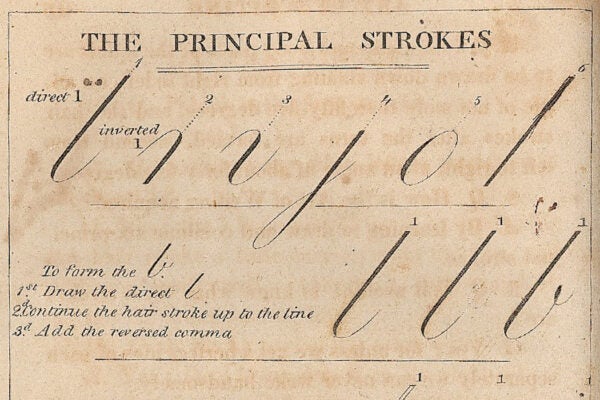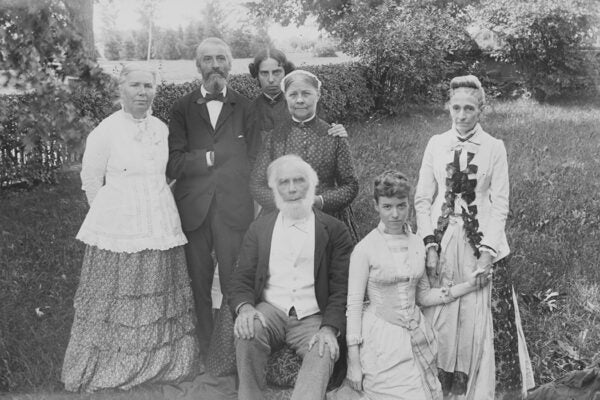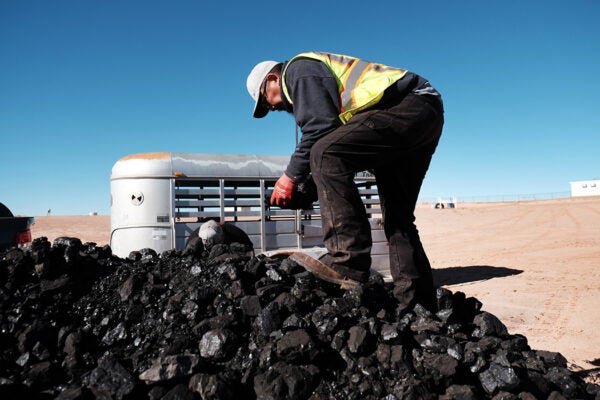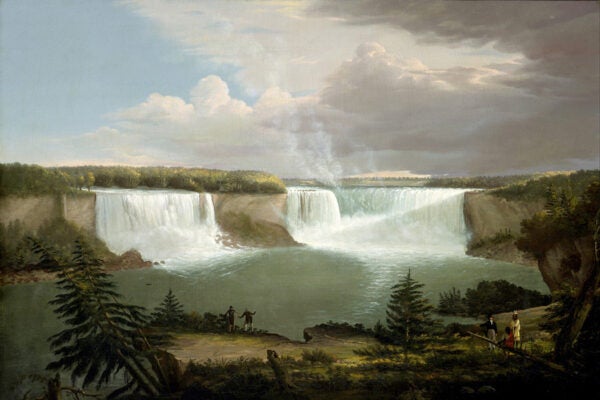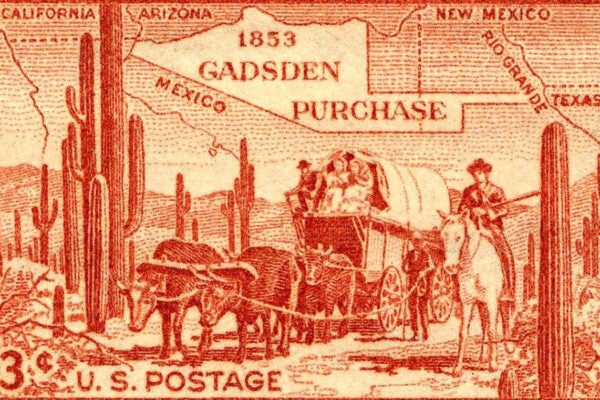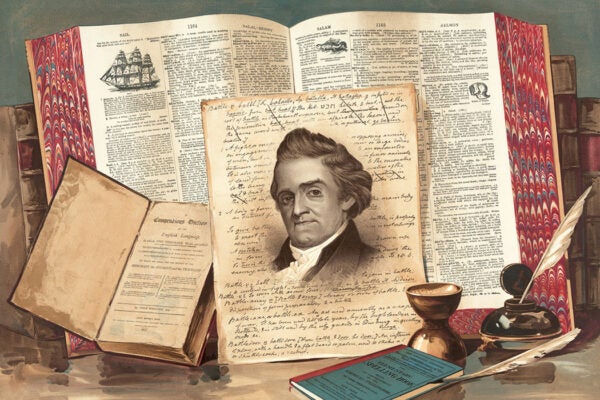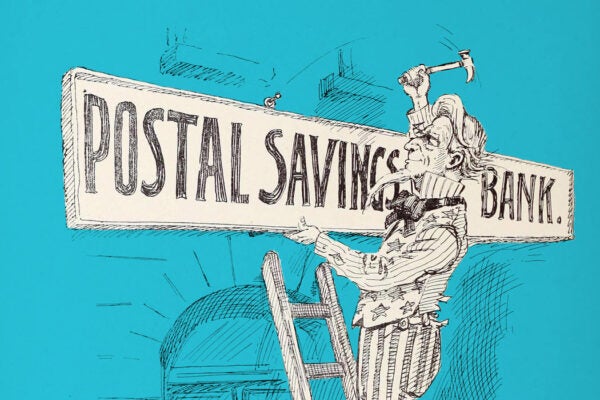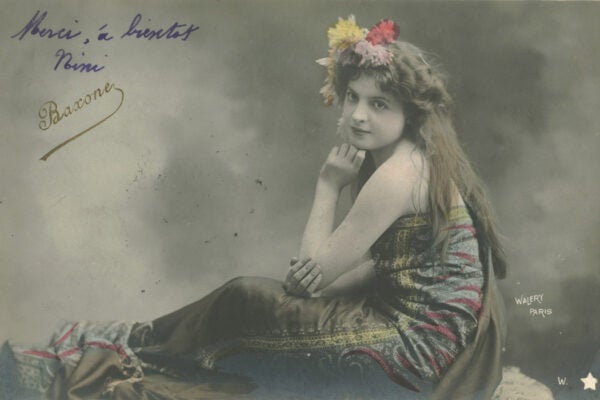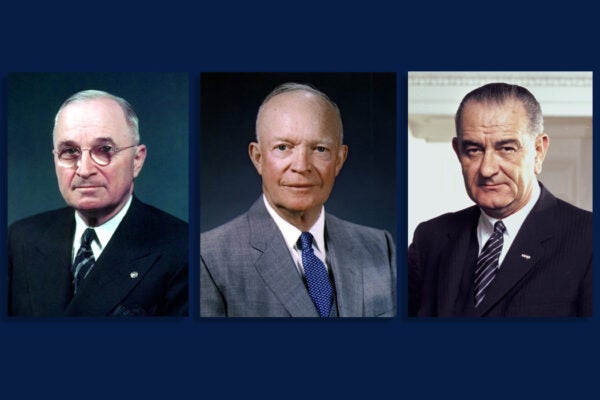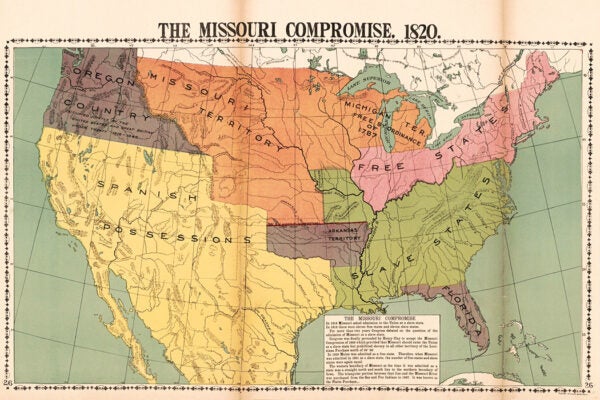Before Palmer Penmanship
The creation and propagation of standard penmanship in the American education system is almost as old as the United States itself.
Archival Adventures in the Abernethy Collection
An archival collection shared by Middlebury College invites the curious to make connections across the history of American literature.
Renewable Energy and Settler Colonialism
What can we learn from colonial legacies in pursuit of sustainable futures?
The Fashionable Tour: or, The First American Tourist Guidebook
Offering advice for visiting Sarasota Springs and other sights, Gideon Davison combined the travel narrative and road book to create a new type of travel guide.
Taking Slavery West in the 1850s
Before the Civil War, pro-slavery forces in the South—particularly the future president of the Confederacy, Jefferson Davis—tried to extend their power westward.
Webster’s Dictionary 1828: Annotated
Noah Webster’s American Dictionary of the English Language declared Americans free from the tyranny of British institutions and their vocabularies.
A People’s Bank at the Post Office
The Postal Savings System offered depositors a US government-backed guarantee of security, but it was undone by for-profit private banks.
Postcards Revolutionized Pornography
In the late nineteenth century, the postcard became the ideal medium for expanding the audience for pornography, much to the concern of social elites.
The Border Presidents and Civil Rights
Three US presidents from the South’s borders—Truman, Eisenhower, and Johnson—worked against Southern politicians to support civil and voting rights.
Missouri Compromise of 1820: Annotated
The “compromise” attempted to answer the question of whether the Missouri territory would be admitted to the Union as a “slave” or “free” state.
